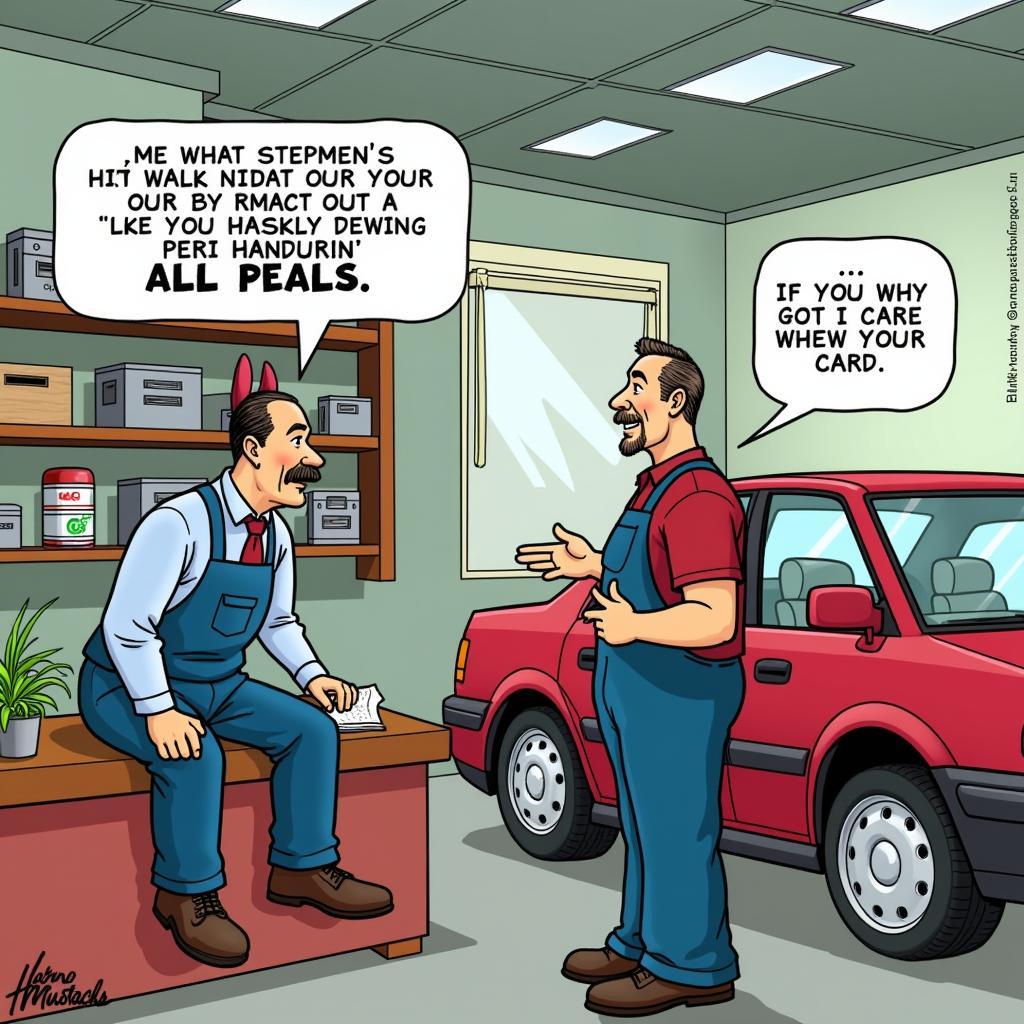Electric power cars, while revolutionary, face unique challenges in flood and emergency areas. This article addresses these issues, offering guidance for owners, repair shops, and technicians on navigating these difficult situations. right there the problem car in water We’ll explore the potential dangers and offer practical solutions for mitigating risk and ensuring safety.
Understanding the Risks: Electric Car Issues in Flood Zones
Flooded areas present serious risks to electric vehicles. Water and electricity are a dangerous mix, posing a threat of electrocution. Beyond this immediate danger, floodwater can damage critical components like the battery pack and electrical systems, leading to costly repairs or even total vehicle loss. Furthermore, emergency situations often disrupt charging infrastructure, leaving drivers stranded.
Battery Damage: The Core Problem
The battery pack is the heart of an electric vehicle, and it’s particularly vulnerable in floods. Water intrusion can cause short circuits, corrosion, and irreversible damage. This not only renders the vehicle inoperable but also presents a fire hazard.
Preparing for Emergencies: Safeguarding Your Electric Car
Proactive measures can significantly reduce the risk to your electric vehicle during floods and other emergencies. Knowing your evacuation routes and having a plan in place are essential. Staying informed about weather alerts and potential flood risks can give you valuable time to prepare.
What to Do Before a Flood
- Elevate Your Car: If possible, park your electric vehicle on higher ground or in a multi-story parking garage.
- Disconnect the Charger: Unplug your vehicle from the charging station to prevent electrical hazards.
- Waterproof Your Garage: Seal any cracks or openings in your garage to prevent water entry.
Post-Flood Procedures: Assessing and Addressing Damage
After a flood, inspecting your electric vehicle is crucial, even if it appears undamaged. Never attempt to start or charge a flooded electric vehicle. Contact a qualified technician immediately for a thorough assessment.
What to Do After a Flood
- Contact Your Insurance Company: Report the flood damage to your insurance provider.
- Do Not Attempt to Start the Vehicle: This could worsen the damage and create safety hazards.
- Contact a Qualified Technician: A specialized technician can assess the extent of the damage and perform necessary repairs.
Mitigating the Impact: Future-Proofing Electric Vehicles for Flood Prone Areas
The automotive industry is continuously working to enhance the resilience of electric vehicles in extreme weather conditions. Improved battery sealing and waterproof compartments are key areas of focus. Furthermore, research into more robust electrical systems is ongoing.
“Investing in waterproof technology for electric car batteries is paramount for ensuring safety and reliability in flood-prone regions,” says Dr. Elena Ramirez, a leading expert in electric vehicle technology. “Future designs should prioritize robust sealing and compartmentalization to prevent water intrusion and subsequent damage.”
“In emergency areas, readily accessible and resilient charging infrastructure is crucial,” adds Michael Thompson, an automotive safety consultant. “Diversifying power sources and implementing backup systems can help ensure continued operability even during disruptions.”
Conclusion: Navigating the Challenges of Electric Cars in Flood and Emergency Areas
While problems with electric power cars in flood and emergency areas present real challenges, understanding the risks and taking appropriate precautions can significantly mitigate the impact. By staying informed, preparing in advance, and seeking professional assistance when needed, electric vehicle owners can navigate these situations safely and effectively. For further assistance and expert advice, connect with AutoTipPro at +1 (641) 206-8880 or visit our office at 500 N St Mary’s St, San Antonio, TX 78205, United States. We’re here to help.





Leave a Reply